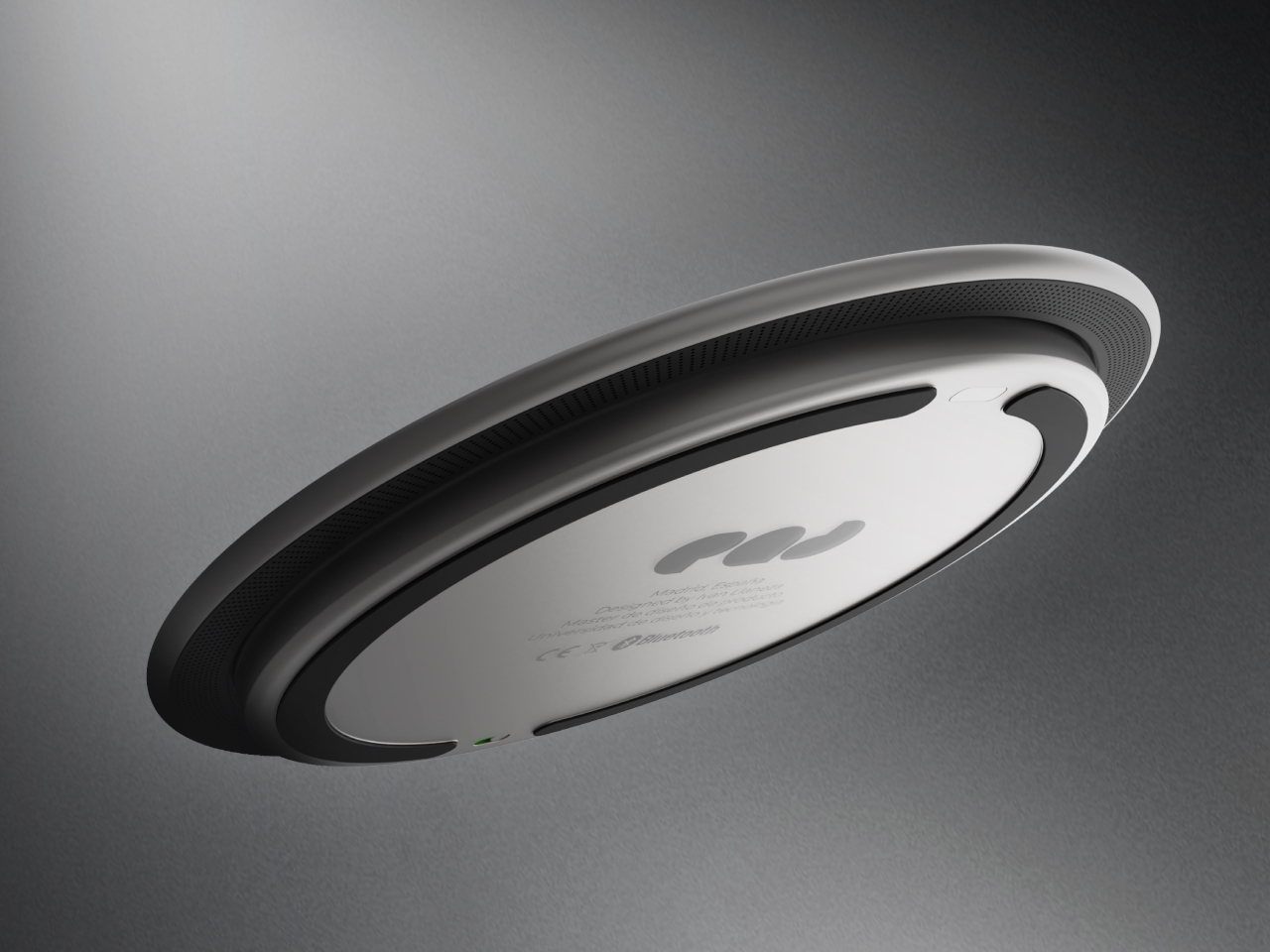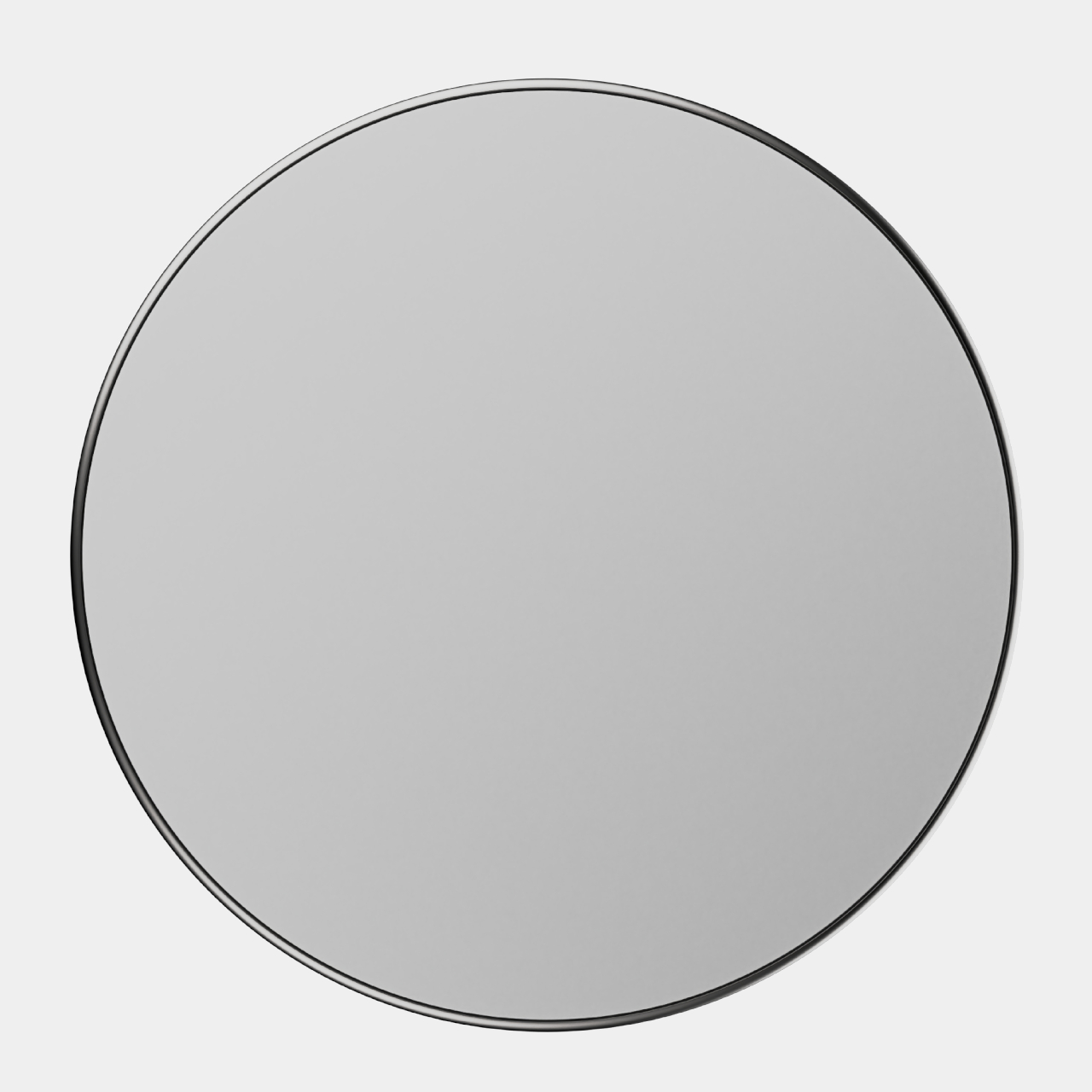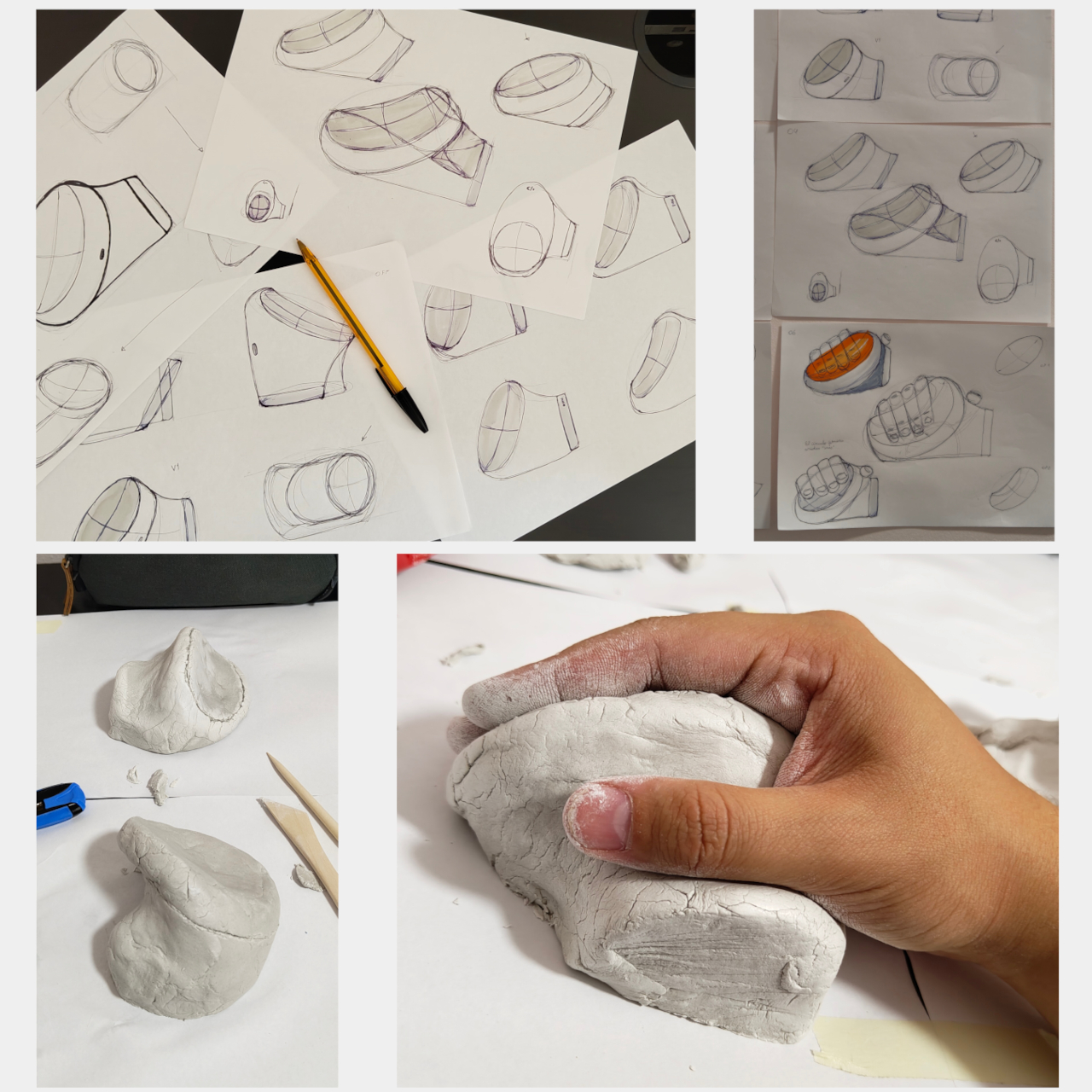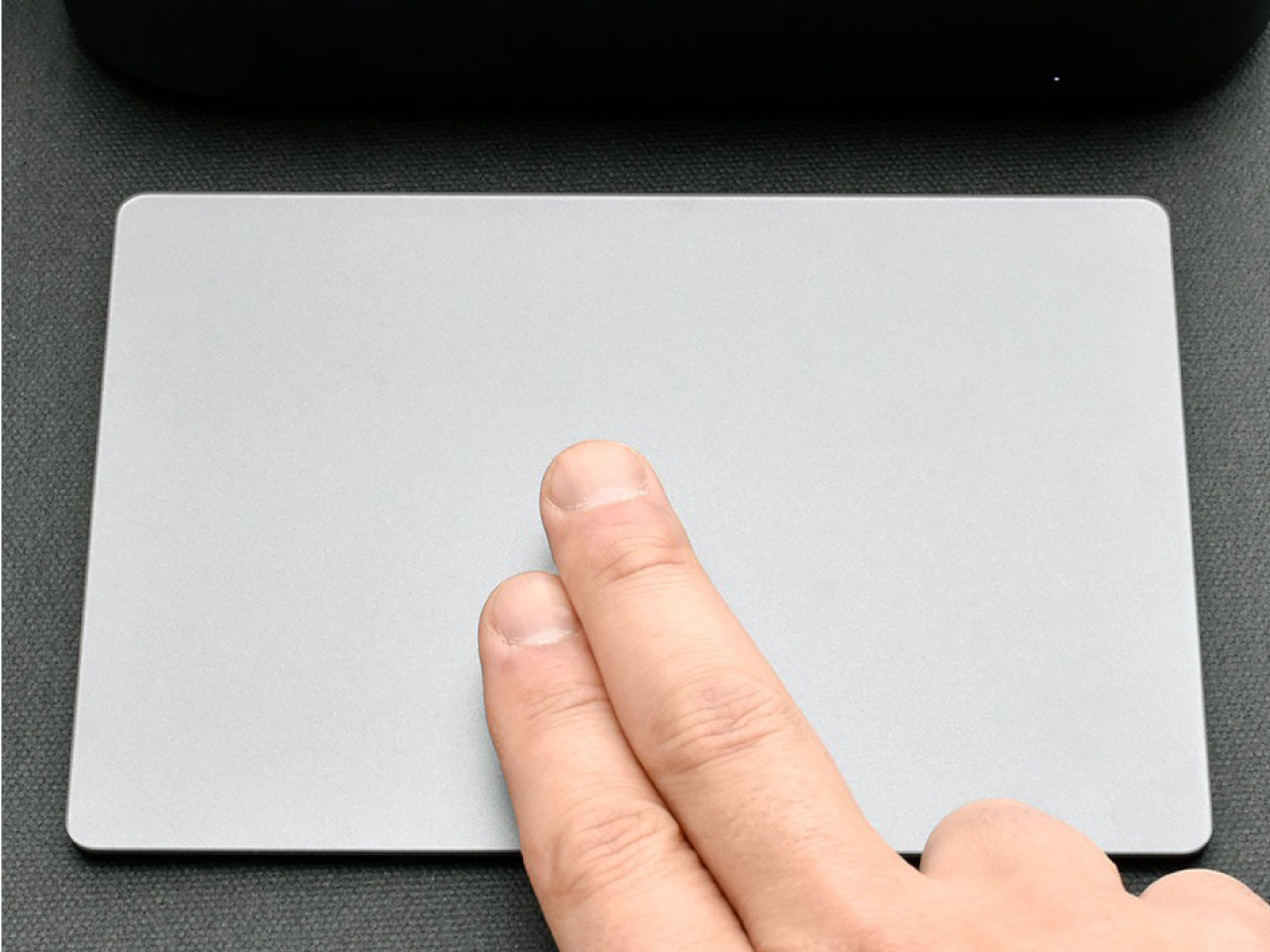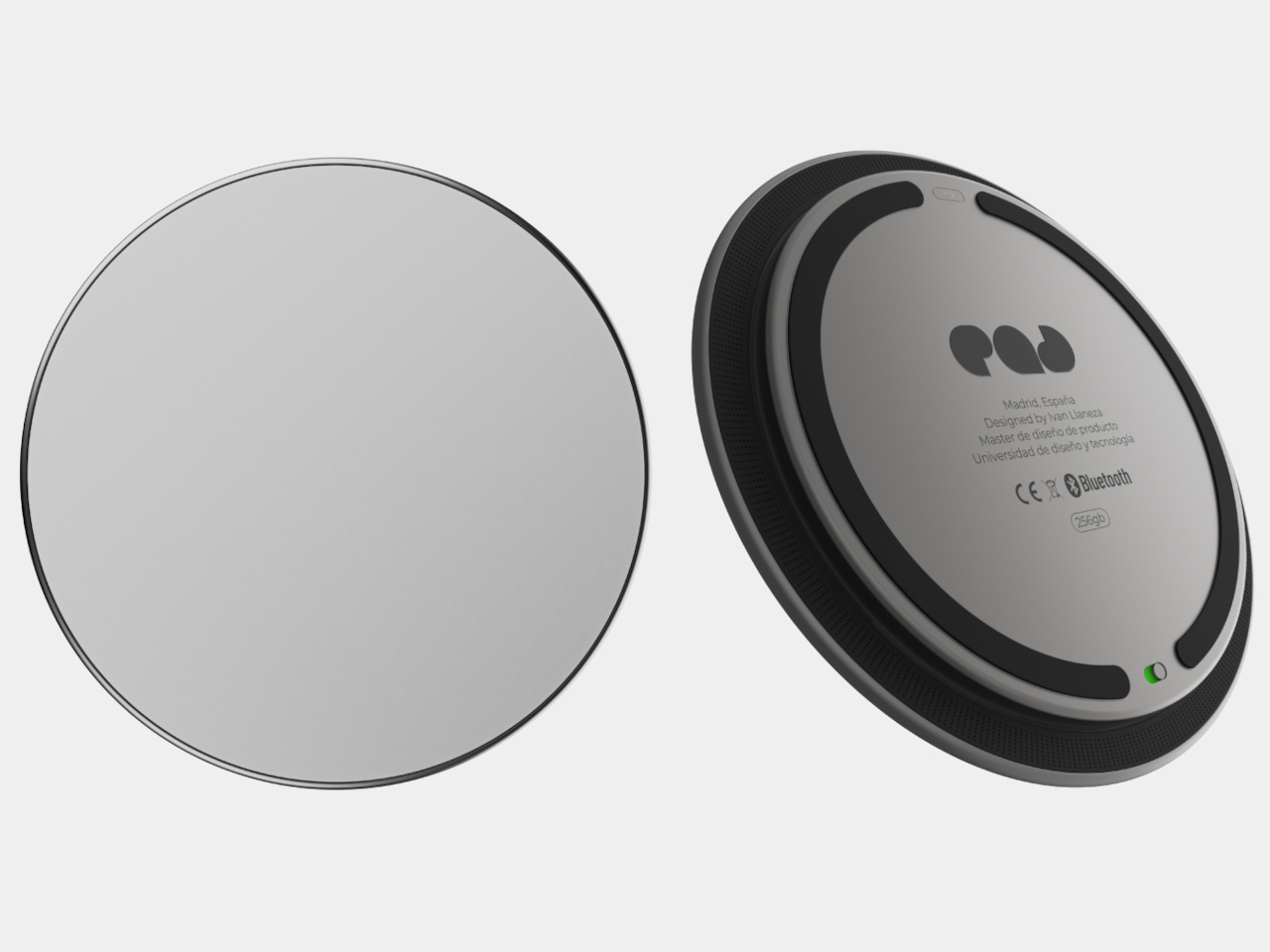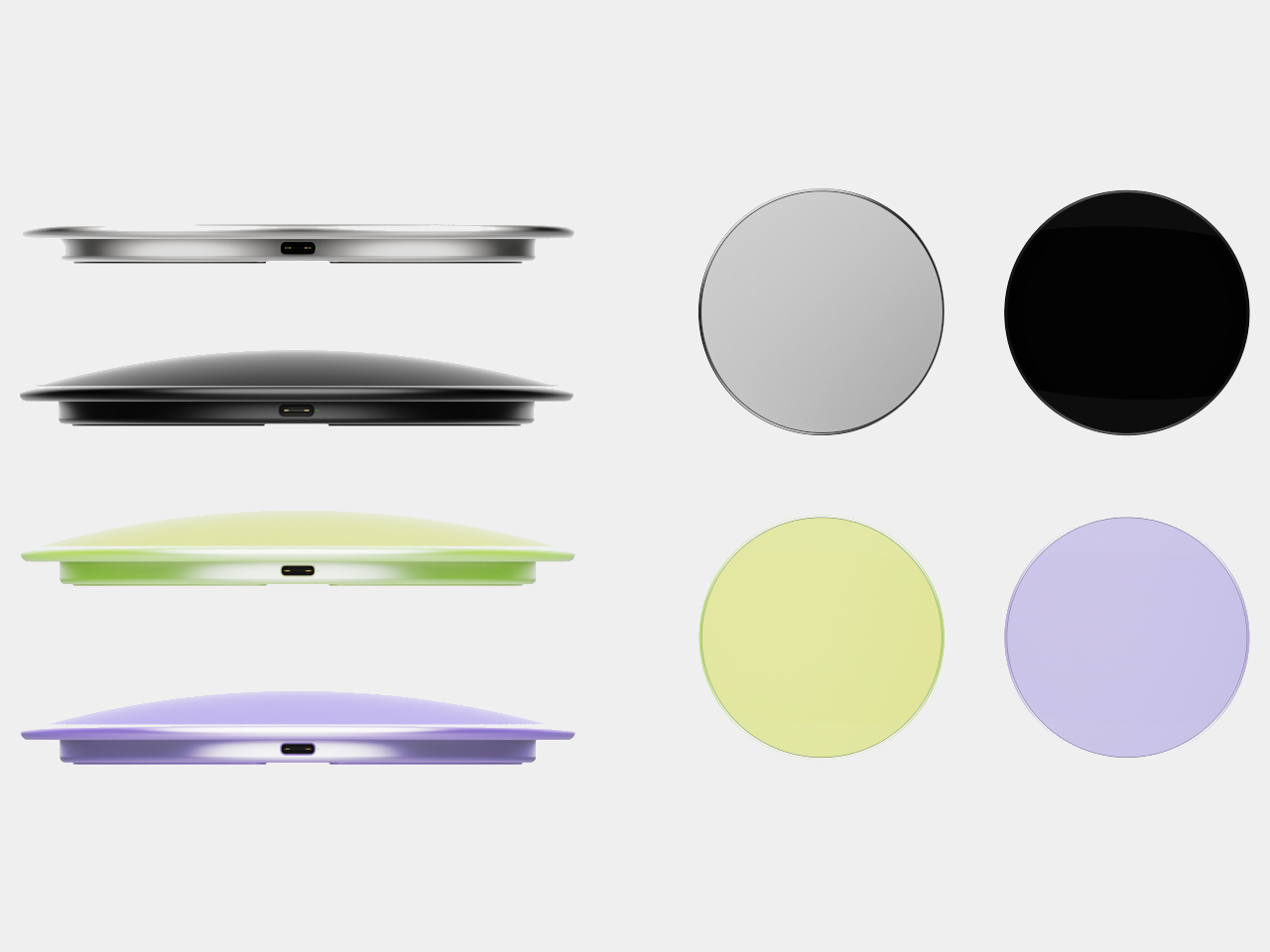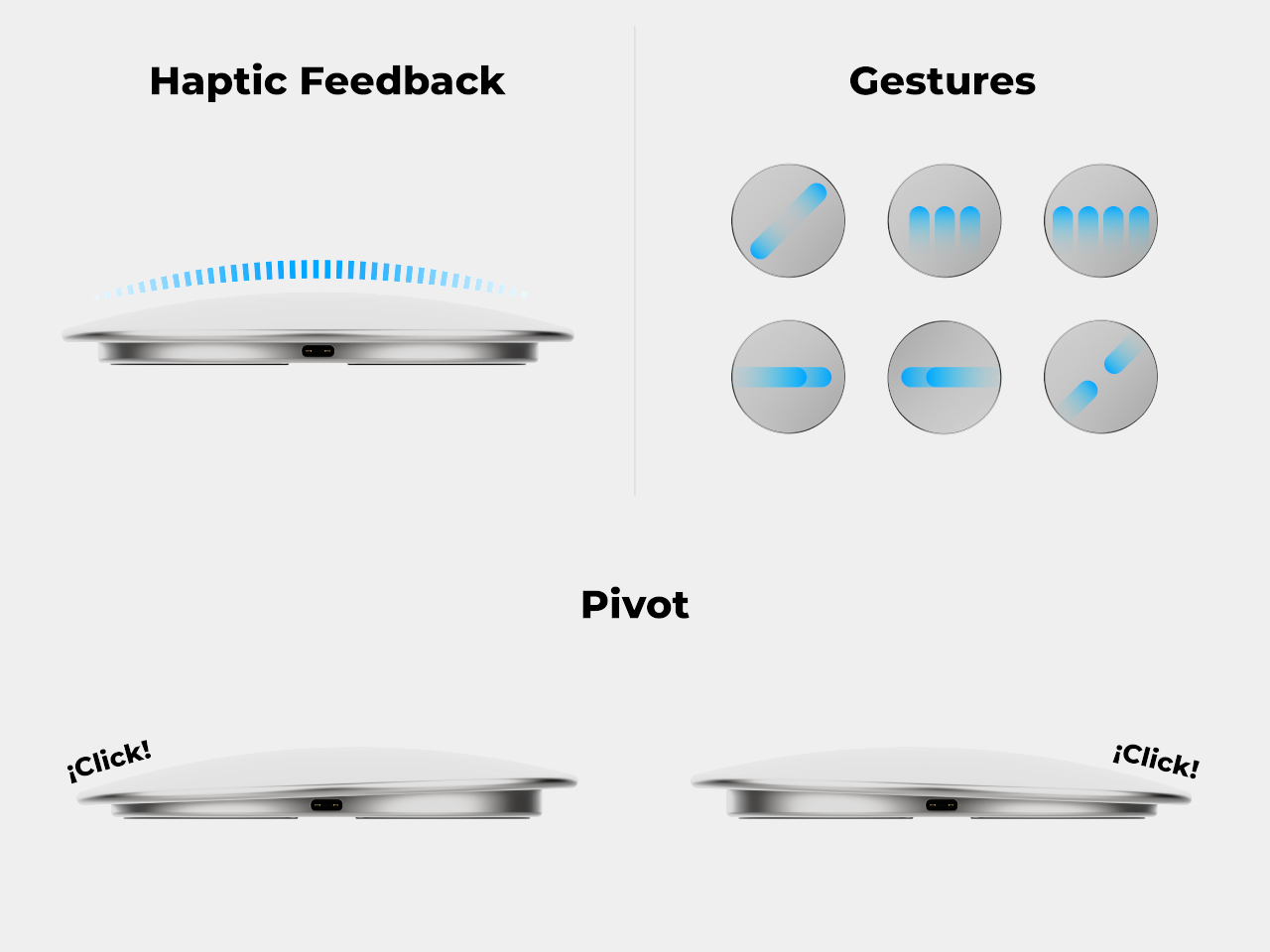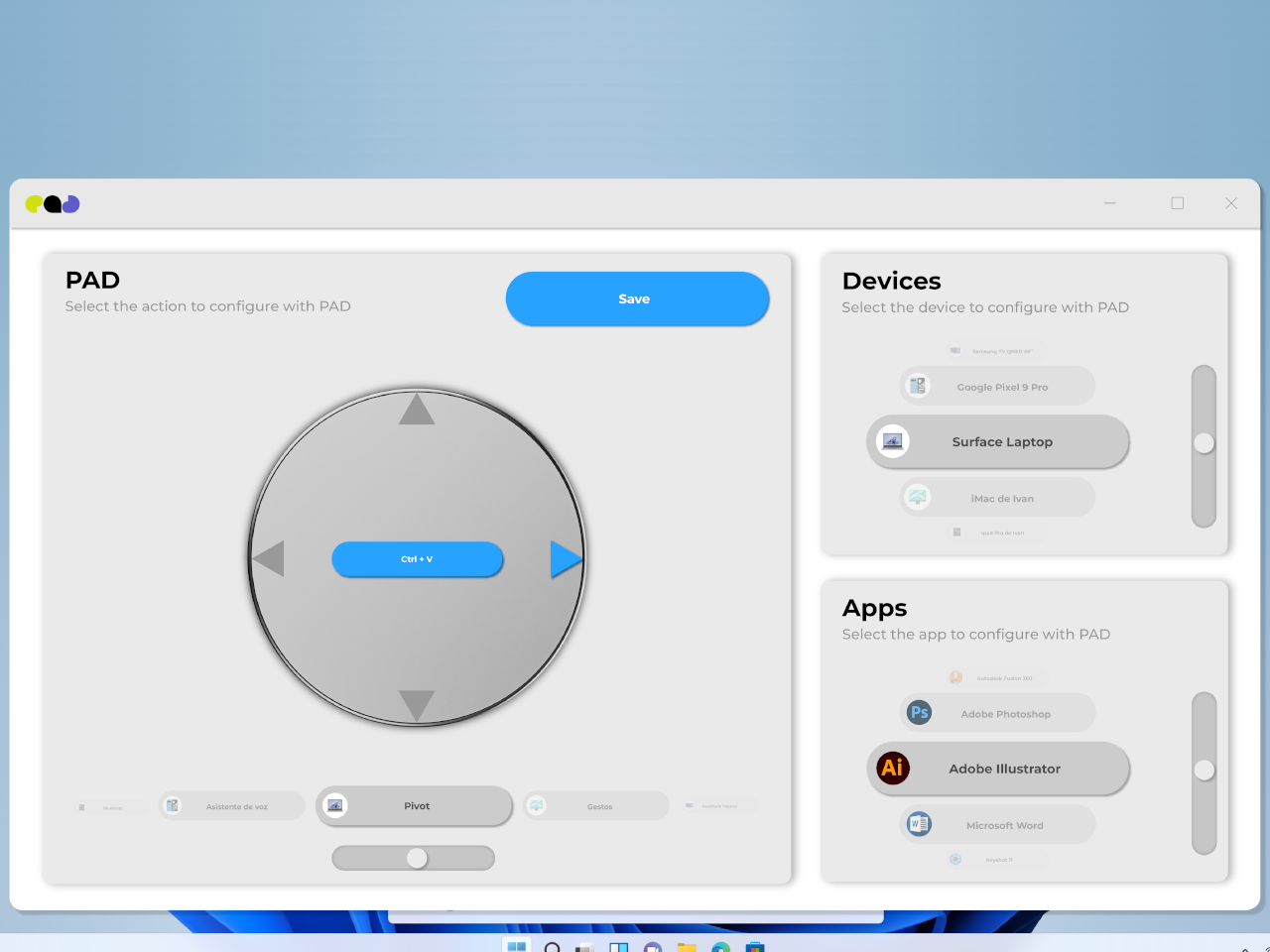Although we see dozens of computer keyboard designs these days, the basic layout of the device hasn’t changed since the very first model came out. Even if you consider variants of the QWERTY standard like AZERTY or Dvorak, the standard has remained the same over the years, which means carrying over most of the usability and ergonomic problems that were there from day one. The “10 key” numeric keypad, for example, is always on the right side, with a bias towards right-handed people.
That’s not exactly a problem for TKL or “Ten Keyless” keyboards, but that does mean buying a separate numpad that doesn’t integrate well with the rest of the keyboard, both functionally and aesthetically. This keyboard concept takes a shot at solving that long-standing handedness problem and its solution is to let you design your keyboard layout to your needs and preferences.
Designer: Alexey Prokopenko
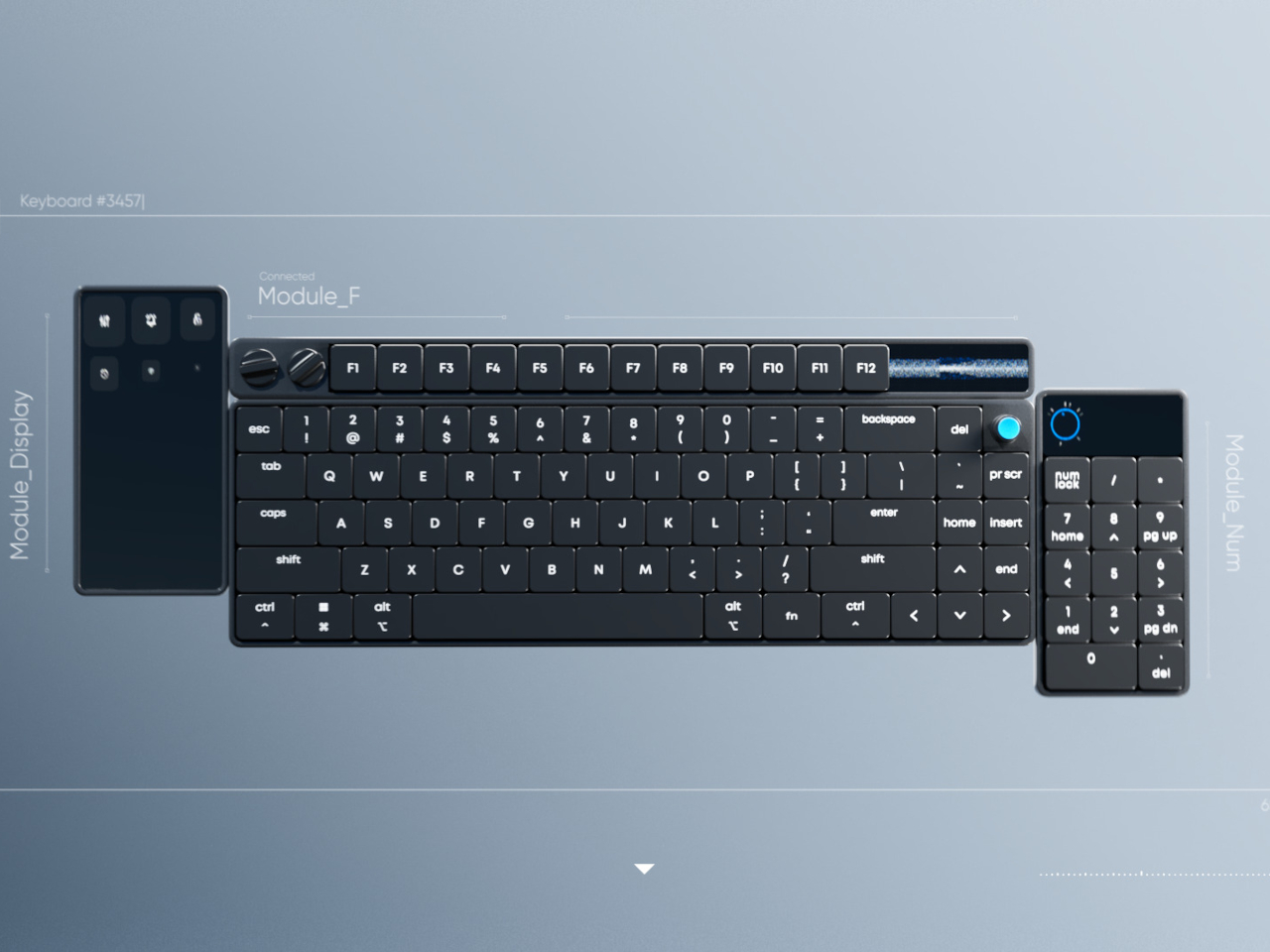
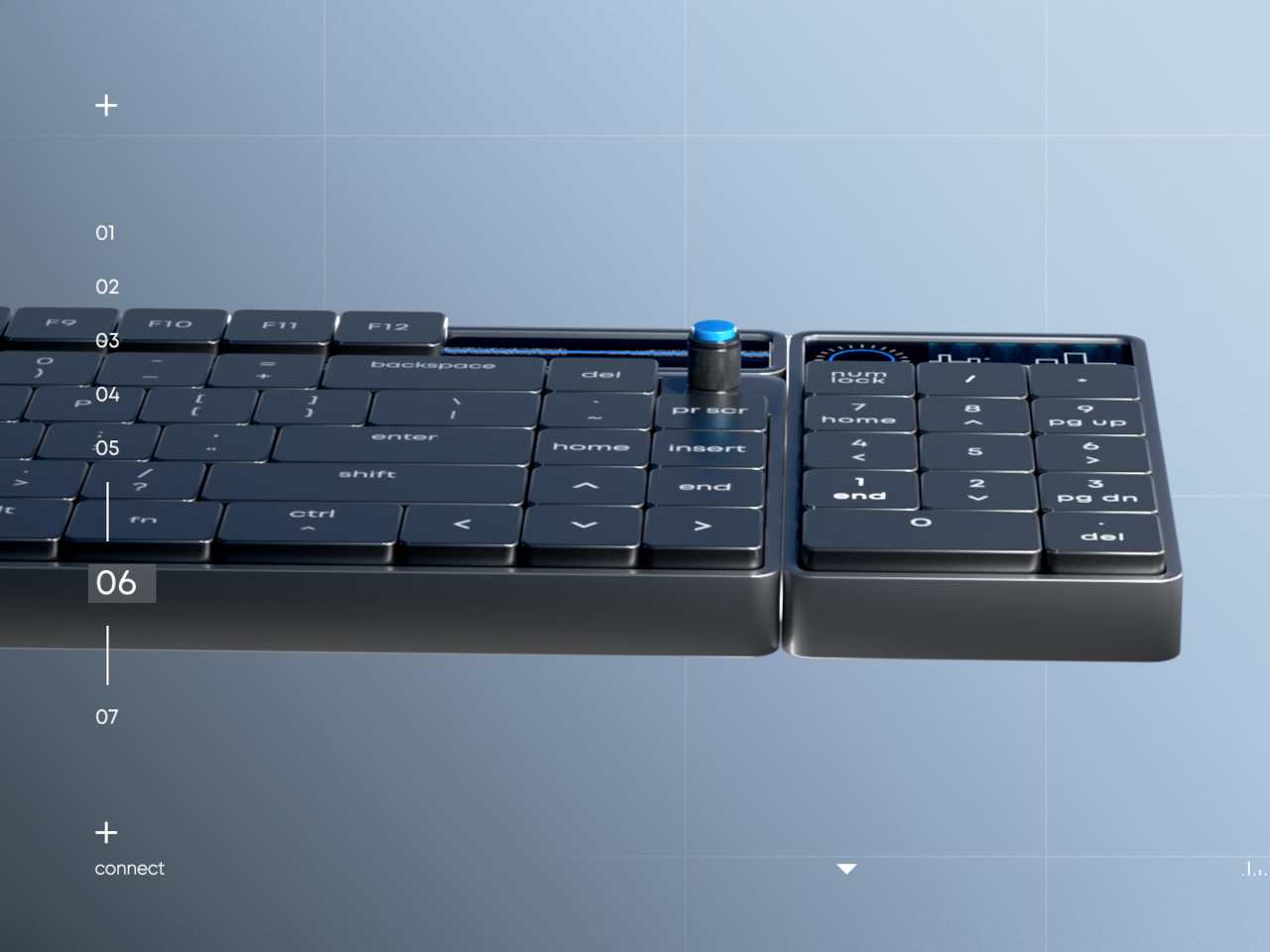
It’s easy enough to just buy a TKL keyboard and a numpad separately, allowing you to arrange the two as you see fit. That, however, only works for that combination, and even then it’s not always a pretty sight. The visual and functional disconnect between these products can also have a subtle effect on our subconscious, just like how clutter or disjointed styles can trigger our minds in ways we don’t realize.


A modular design like the Connect concept helps solve this problem. In a nutshell, you can place a numpad module to the right or left of the “main” TKL keyboard in a way that physically connects the pieces. Since they’re from the same system, they also share the same aesthetic, which is a matte black in this case.

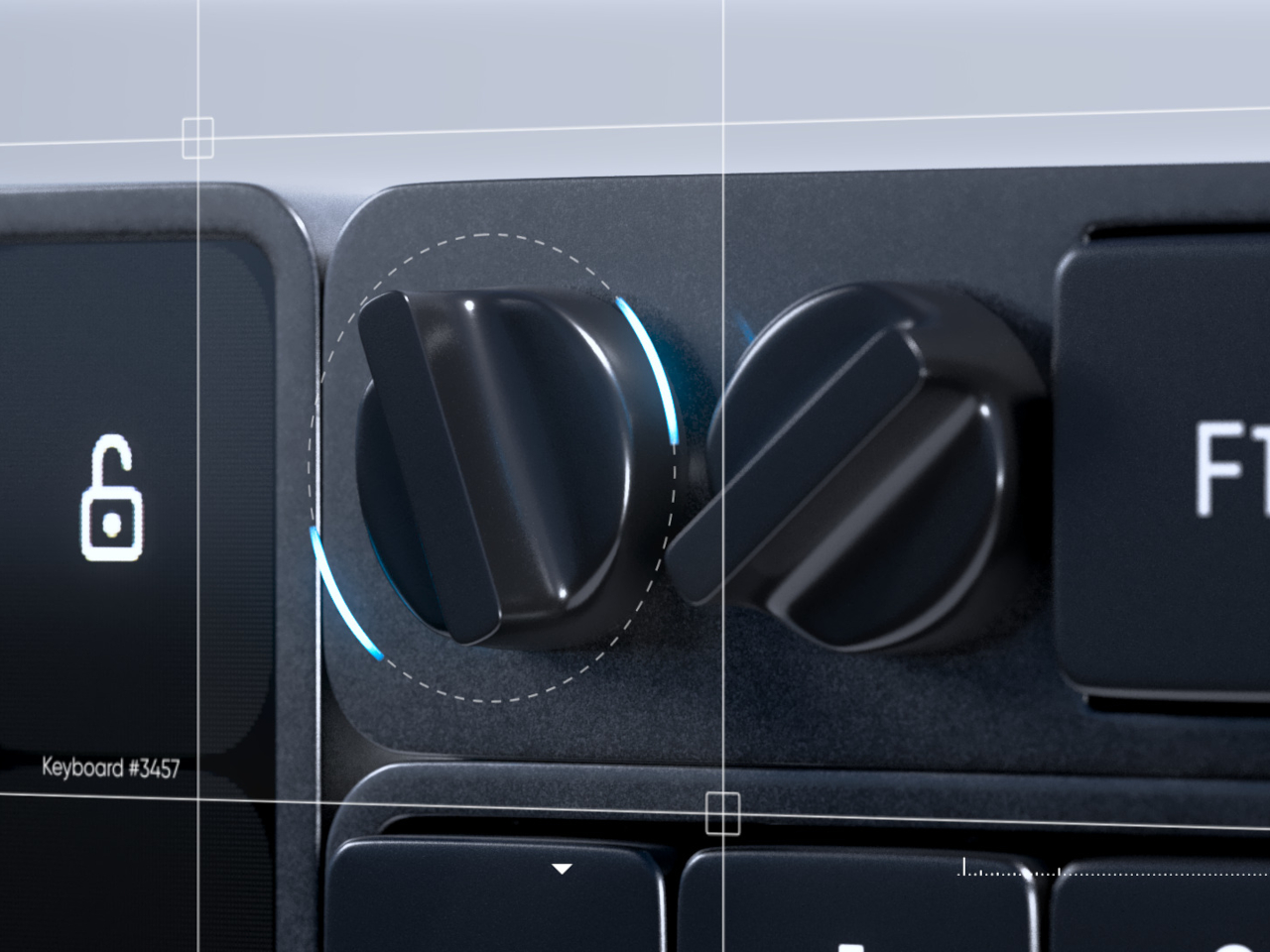
Of course, the beauty of a modular system is the flexibility it offers. Not only can you switch the position of the numpad on either side on a whim, you can also connect something else there or have a different module on the opposite end simultaneously. You can, for example, have a trackpad or a macro keyboard on either side. The choice is totally yours and can be changed dynamically depending on your work, need, or mood.

If there’s one oddity to this design concept, it would be that the function key row is also an optional module. Granted, some Bluetooth keyboards actually exclude this row, forcing users to make complicated keystrokes to activate the functions. In this case, however, removing that row would create an imbalance when a module is attached to the left or right side of the keyboard. Most people will probably prefer to have that function row there all the time anyway, making it a bit of an unnecessary design detail.

The post Modular keyboard concept can help solve a decades-old usability problem first appeared on Yanko Design.



































